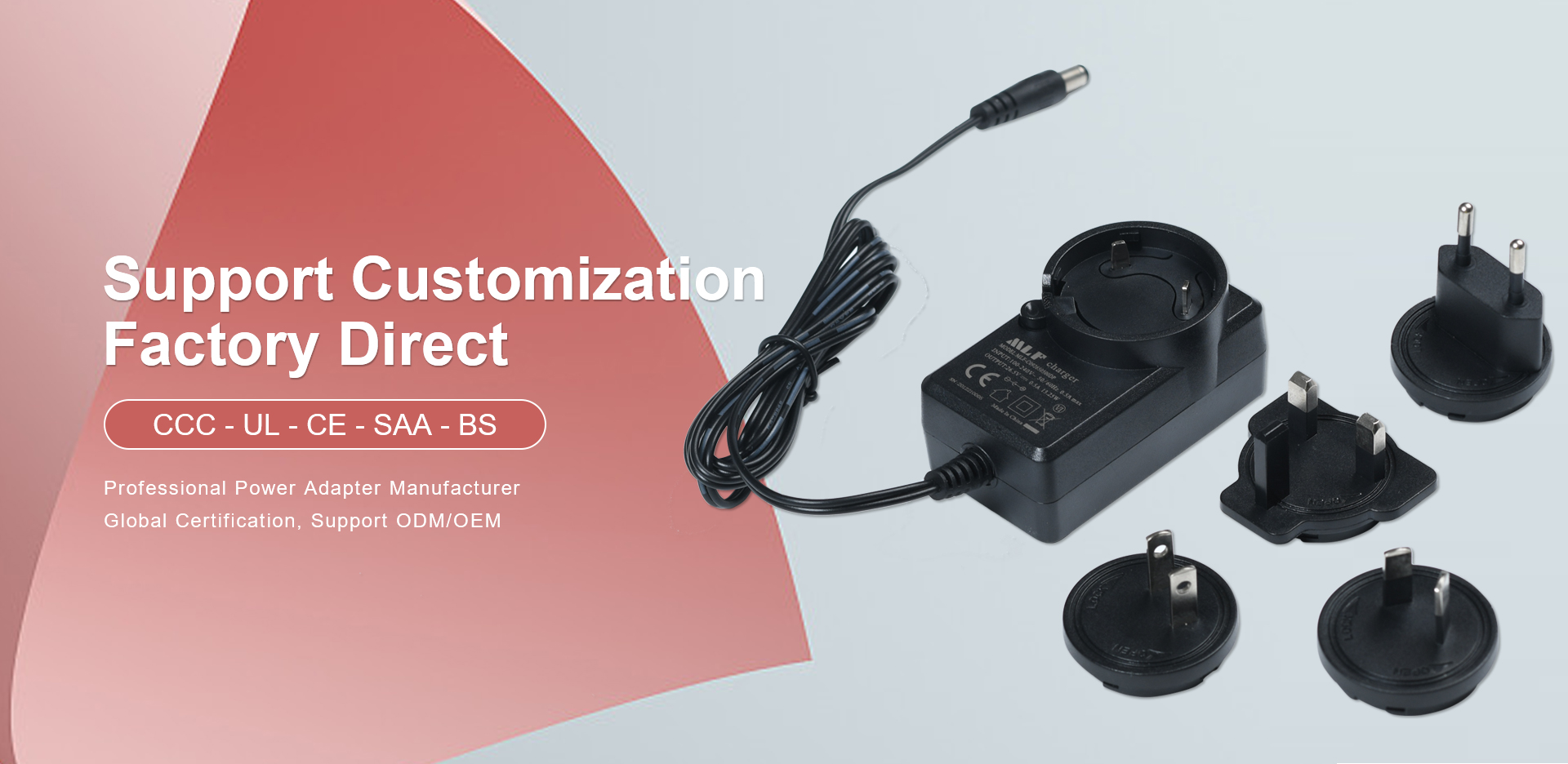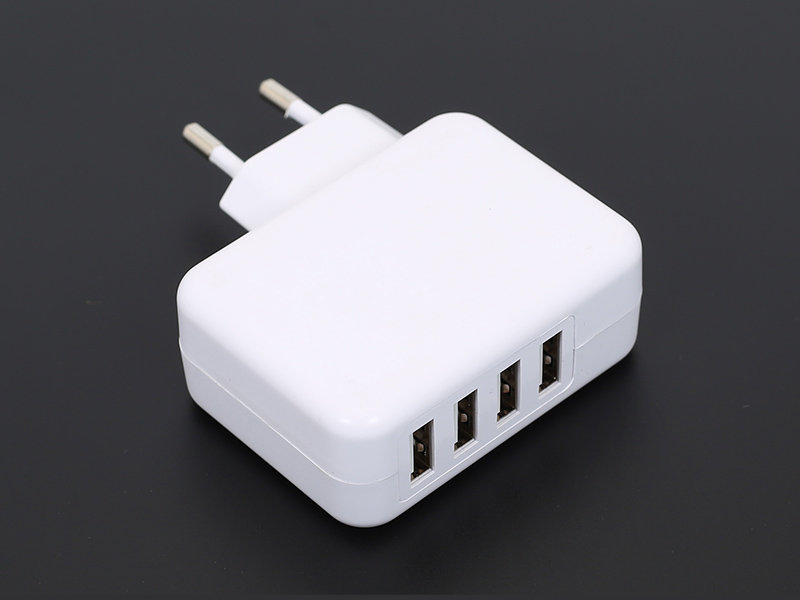
The performance of battery chargers is influenced by multiple parameters, among which the input voltage as the power supply basis is often misunderstood as' higher, better '. In fact, the higher the input voltage of the charger, the better. The key lies in the matching and coordination with the circuit design, power environment, and battery type.
The input voltage refers to the voltage level of the electrical energy obtained by the charger from the power source. Common household chargers are designed with a wide voltage input range of 100-240V to adapt to global power specifications. High voltage input can improve energy conversion efficiency under certain conditions, but if not properly stabilized, it can cause internal circuit overload, component heating, and other problems.

Most smart chargers are equipped with power adapters or switch power modules internally, which are used to convert high voltage AC into stable low voltage DC output. During this process, conversion efficiency and stability are crucial for charging safety. If the input voltage exceeds the rated range, it may cause capacitor breakdown and current overshoot, thereby affecting the overall lifespan and battery charging safety.
Some high-power fast charging devices do require higher input voltage to support high current output, but such products are usually equipped with professional heat dissipation, intelligent recognition, and overvoltage protection systems. Not all scenarios are suitable for high voltage input, especially in home or ordinary office environments, where safety, compatibility, and energy conservation should be emphasized.
During the purchasing process, users should pay attention to the input voltage range indicated in the product manual. Legitimate brands usually provide clear labeling and international certification to ensure stable operation under various grid conditions. Avoiding the selection of unverified and unmarked products is a basic requirement for preventing accidents.
Reasonably matching the input voltage with the system structure and output requirements is the key factor in achieving stable operation of the charger and safe use of the battery. Understanding the technical logic behind the parameters helps consumers make more scientific product choices.